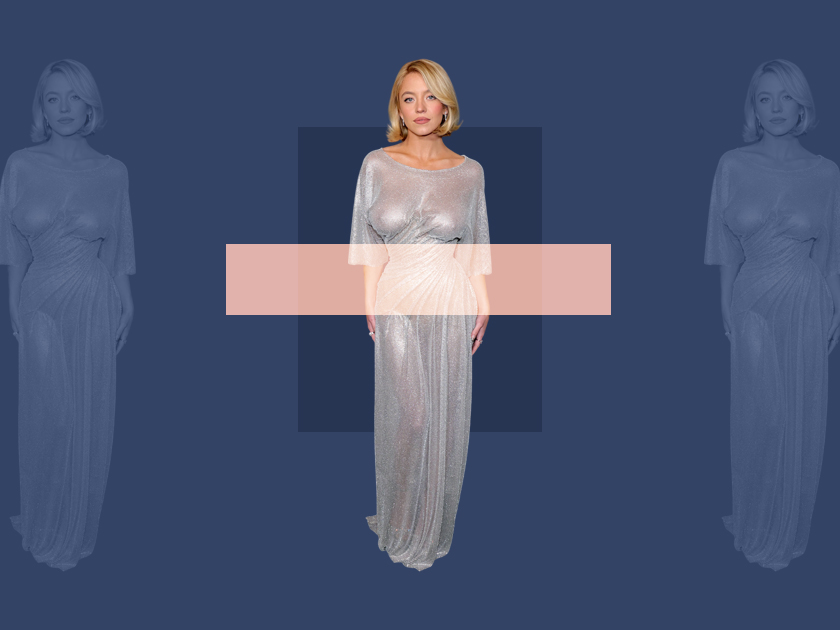Artists often leave messages in their paintings, make references to other works and add personal experiences to them. We are talking about 12 pictures in which a hidden meaning is thrown. We assure you, after this material you will look at them completely differently.
The Creation of Adam, Michelangelo
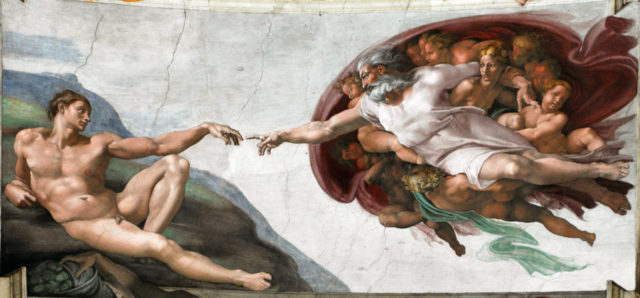
The Creation of Adam is one of Michelangelo’s most famous works. On it you can see the outlines of the human brain with the naked eye. And this is no accident: the artist was fond of anatomy, and they even say about mutilated corpses.
“Madonna with Saint Giovannino” by Domenico Ghirlandaio

In this picture, experts saw an unidentified flying object in the form of a disk, which the artist drew in great detail (we remind you that the picture was painted in the 15th century). And in the background is a man staring at her.
Flemish Proverbs, Pieter Brueghel the Elder
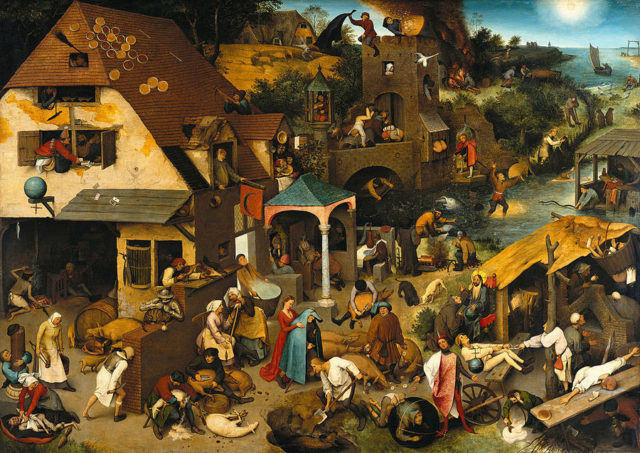
This painting by Brueghel the Elder depicts 112 Dutch folk proverbs of the time. For example, “hanging a bell on a cat” means committing a dangerous and unwise act, and “kissing a doorknob” means being insincere. The artist wanted people to think about their actions and analyze their position in life.
Dinner at Emmaus, Caravaggio
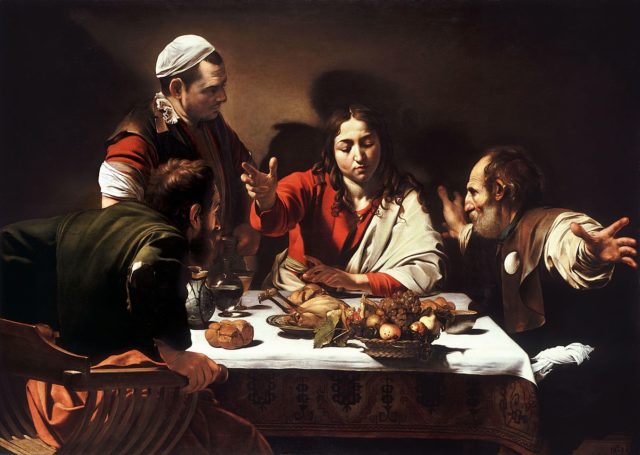
The subject of this painting describes the meal that the resurrected Jesus ate with his disciples. But it’s the painting that gets all the attention, where you can read a few hidden messages that the artist has revealed. For example, a fish-shaped shadow is reflected from a fruit basket, which personifies the obligatory vow of silence in the life of Christians.
“Portrait of Arnolfinis” by Jan van Eyck


It is believed that this painting depicts the merchant Giovanni di Nicolao Arnolfini and his wife (although some researchers are sure that it is a self-portrait of the artist and his wife). However, what attracts the attention of many art critics is the mirror, which you can see in the reflection of the artist with a palette in his hand. And on the mirror you can see the inscription: “Jan van Eyck was here.”
“The Bedroom in Arles” by Vincent van Gogh
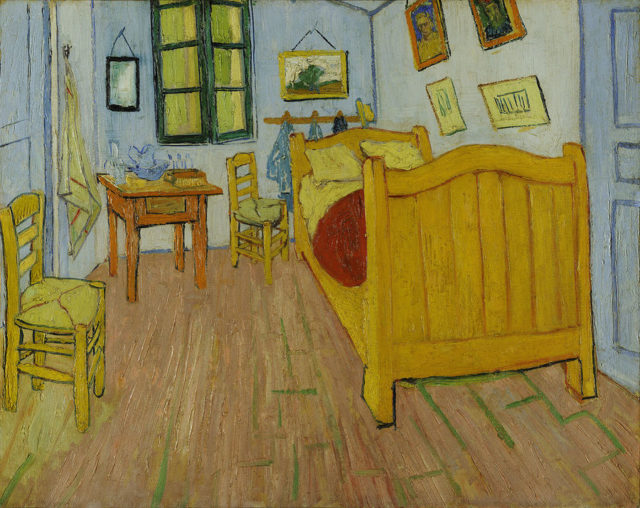
In May 1888, the artist moved to Arles (a city in the south of France), where he acquired a workshop and continued to create. So, in the fall he finally settles down and decides to paint the bedroom. The picture is obtained mainly in yellow tones, and this is not accidental. Many experts explain this by the fact that Van Gogh took an epilepsy drug that drastically changed the perception of color (everything turned green-yellow).
“Portrait of Adele Bloch-Bauer” by Gustav Klimt
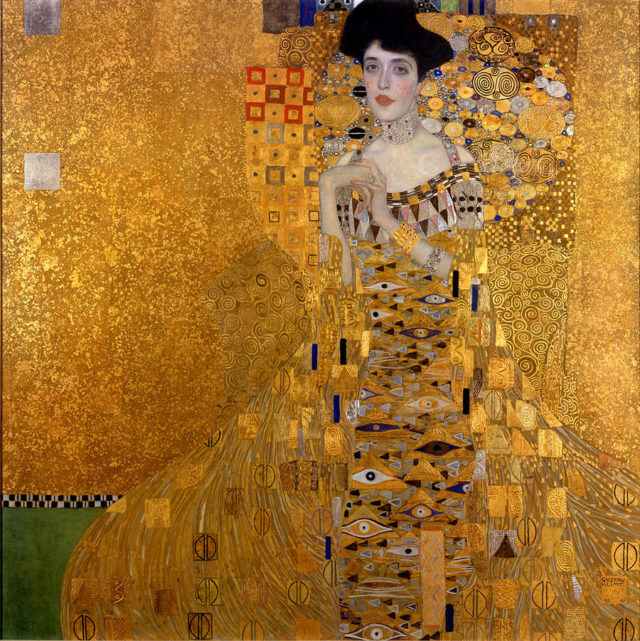
Adele Bloch-Bauer was the wife of the wealthy sugar tycoon Ferdinand Bloch-Bauer and mistress of Gustav Klimt. When her husband found out about their affair, she decided to take revenge and did so in an unusual way. He commissioned a portrait of his wife from the artist and had him make hundreds of sketches. The work lasted several years, and the feelings of the lovers quickly cooled. Meanwhile, Adele never found out that her husband knew about the affair.
The Blue Room, Pablo Picasso
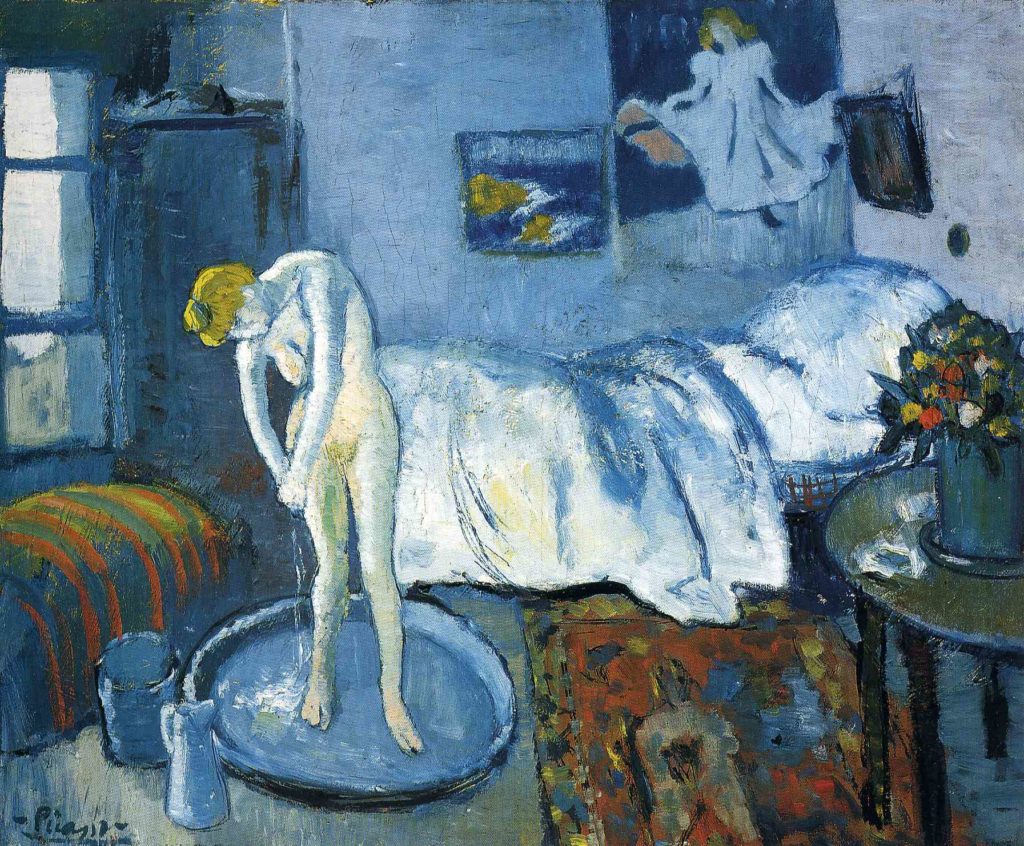
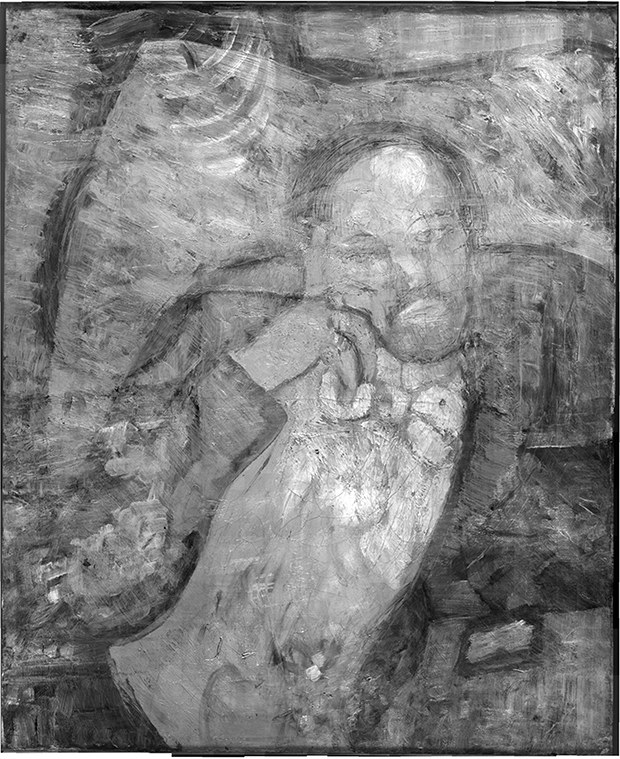
Few people know that there is actually a portrait of a man behind the “Blue Room”. This fact became known in 2008, when the picture was submitted for review. There’s no mysticism in this, it’s just that Picasso didn’t have clean canvases to draw on. That’s why he used unnecessary pictures.
Cafe Terrace at Night, Vincent van Gogh
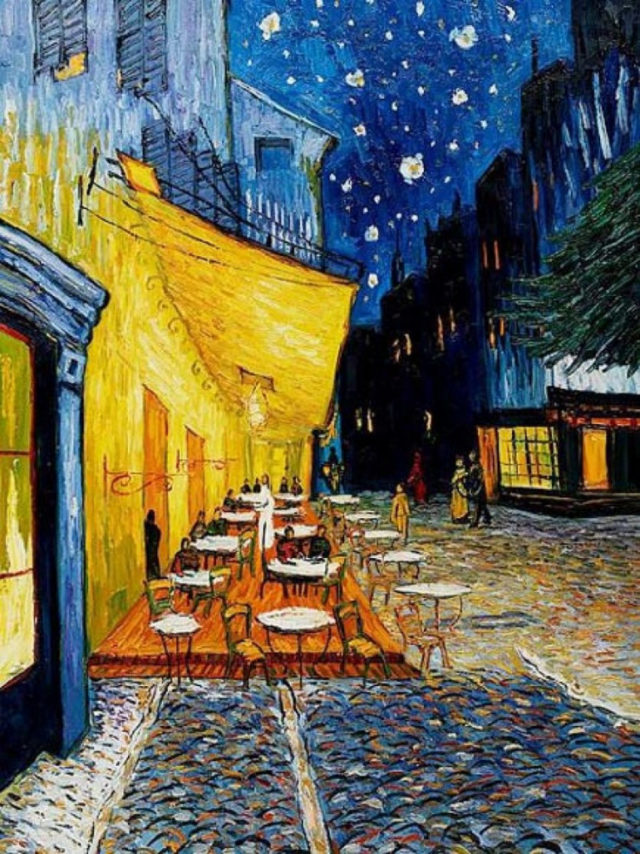
Many researchers believe this painting is a reference to Leonardo da Vinci’s “The Last Supper” painting. The fact is that in the middle of the picture there is a long-haired and very white waiter (resembling the clothes of Jesus Christ), there are 12 people on the terrace, one of them is standing at the door, like. As you know, a cross appears (out of the window frame) behind Judas and the waiter leaving his dinner.
The Appearance of Christ to the People by Alexander Ivanov

Dozens of caretakers posed for the artist for this painting, but one of the paintings attracts special attention. Do you see the man with the brown chiton in the background? He wrote Ivanov with Nikolai Gogol, with whom the artist closely communicated.
“Where did we come from? Who are we? Where are we going?” Paul Gauguin
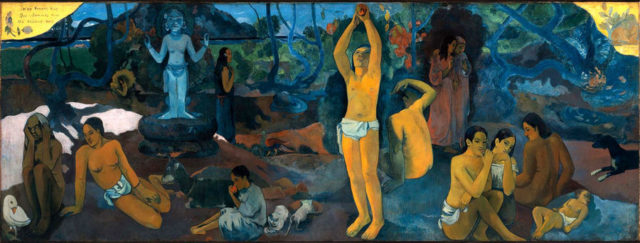
This picture of Gauguin should be read from right to left, it personifies the life cycle of a person from birth to death.
Leonardo da Vinci’s Last Supper
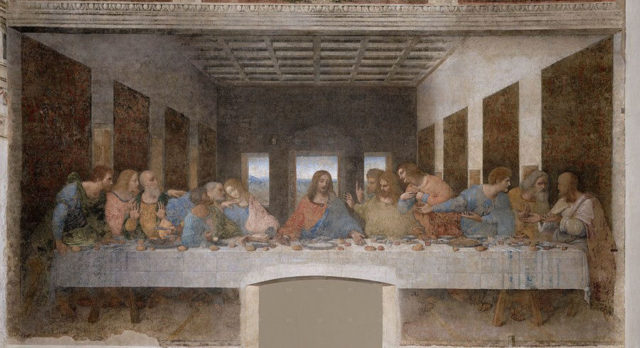
The artist had been looking for a babysitter for Judas for three years. One day she met a drunk man on the street and invited him to pose. After da Vinci painted it, the man said he had posed for her before. It turns out that a few years ago Leonardo painted Jesus from it.
Source: People Talk




